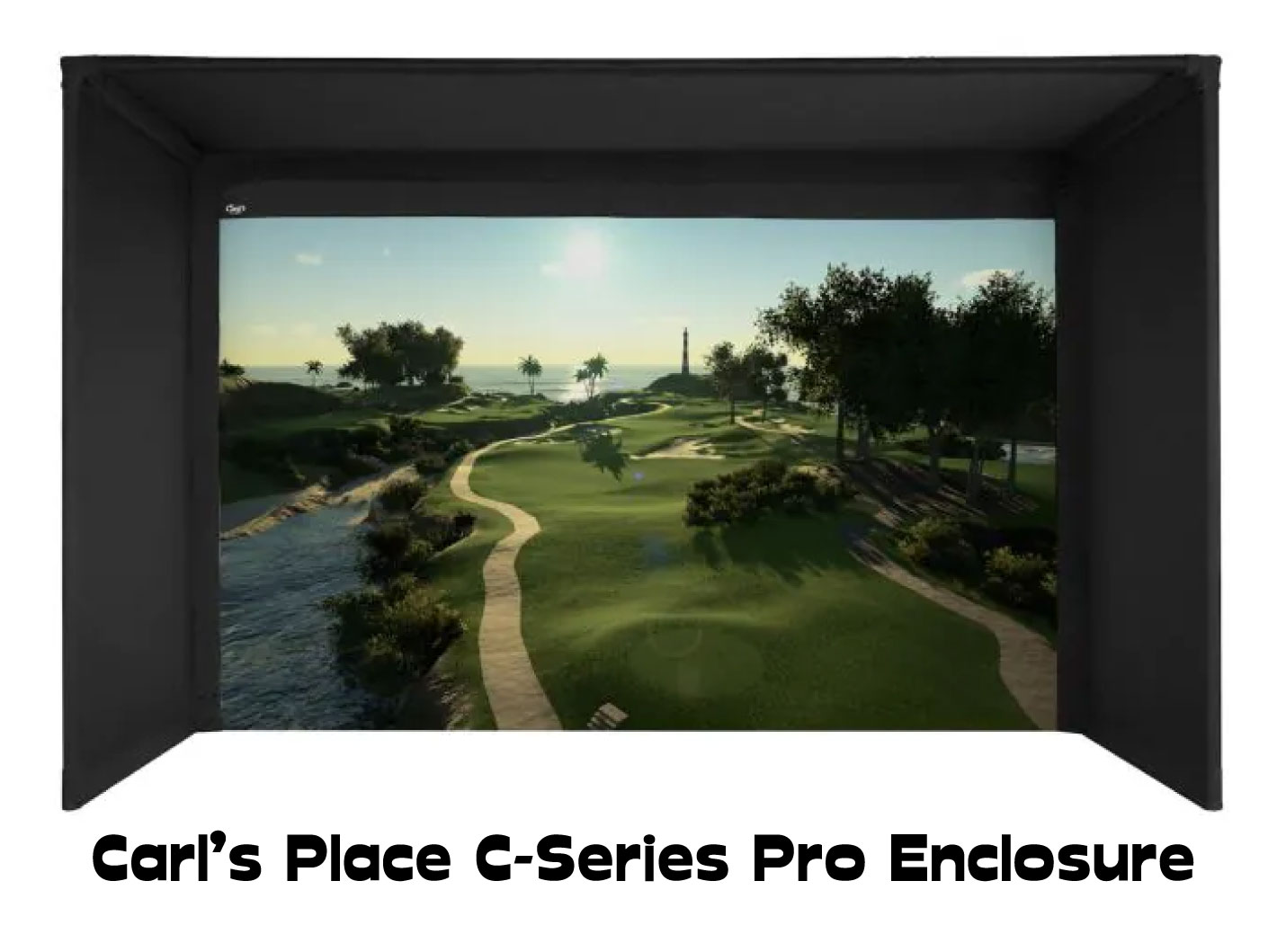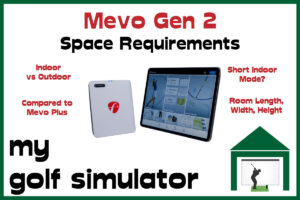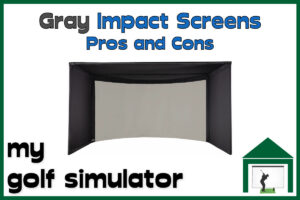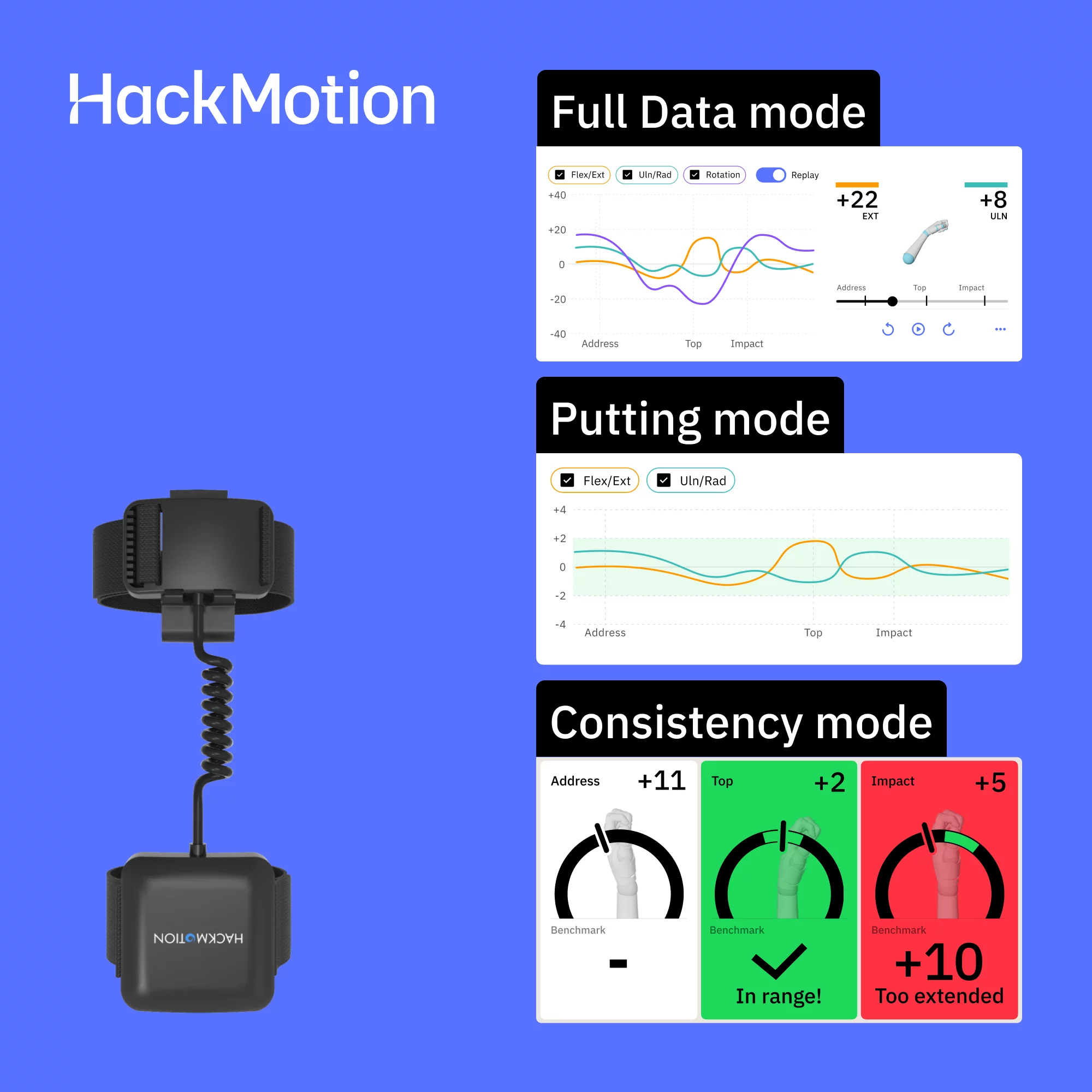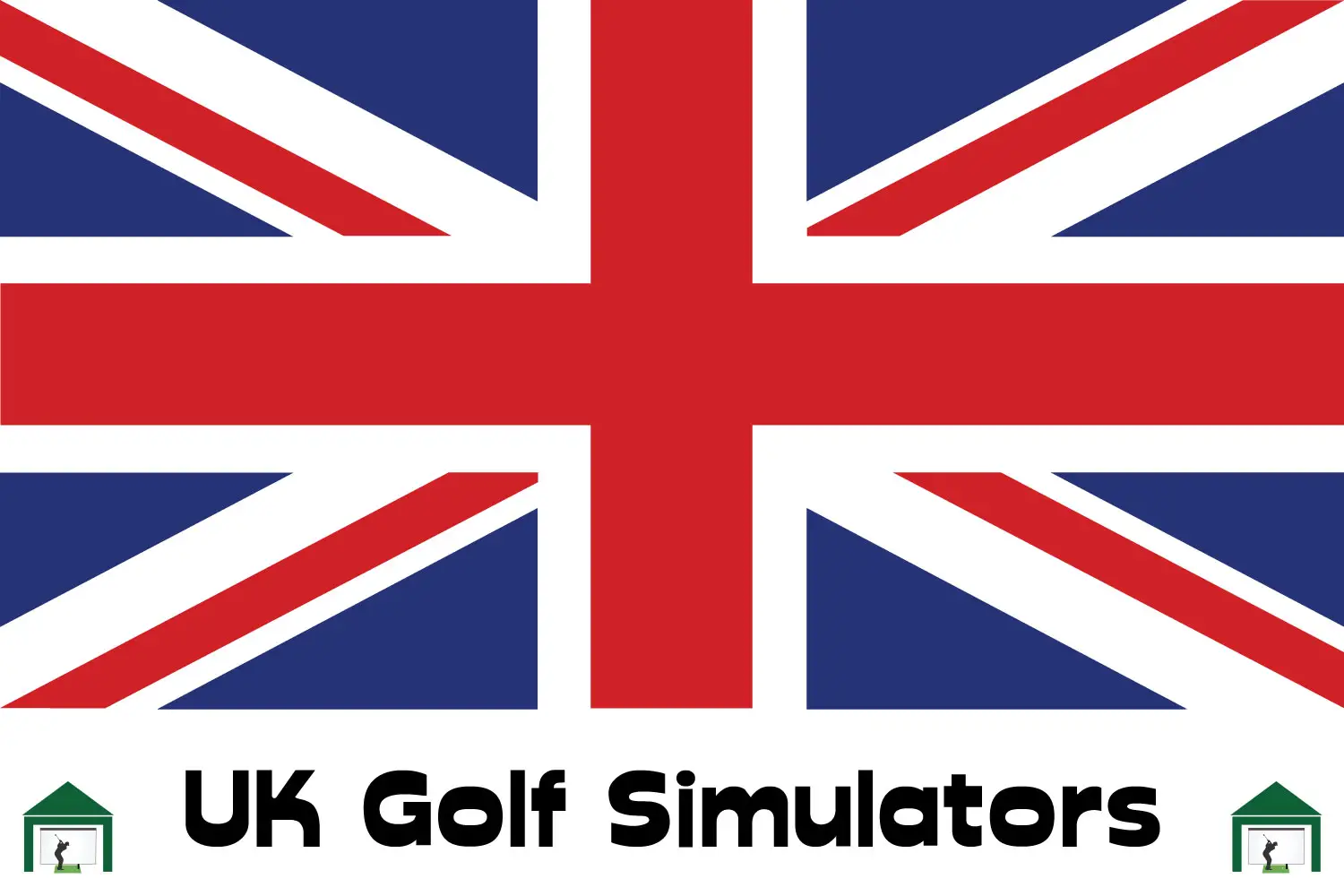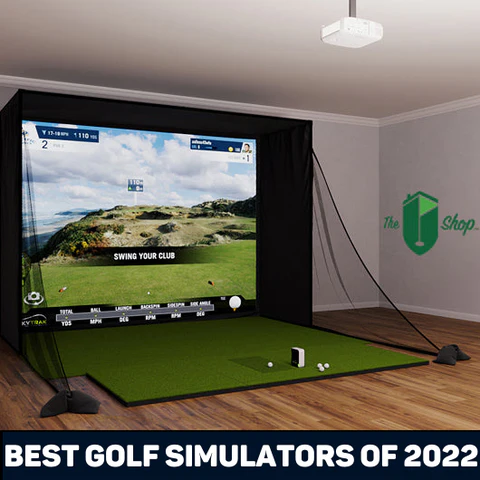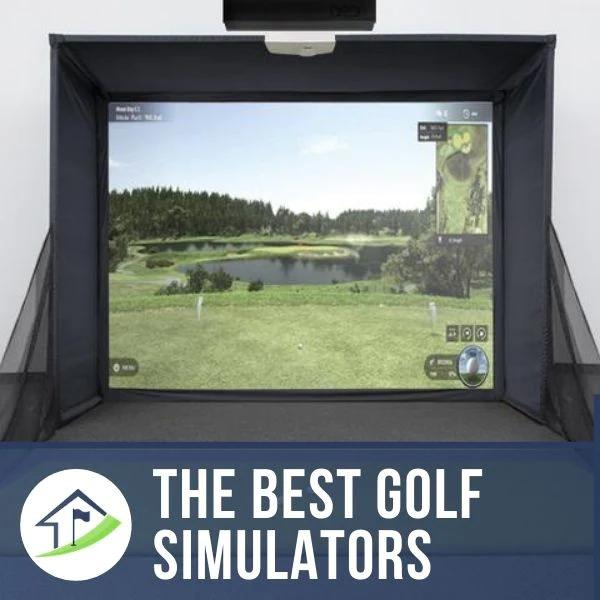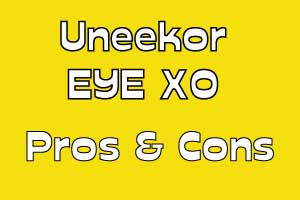What is a good Contrast ratio for a Golf Simulator Projector?
Posted in Projectors
When choosing a golf simulator projector, contrast ratio does matter—but far less than brightness and resolution. Contrast ratio describes the difference between the brightest whites and the darkest blacks a projector can produce. For example, a 30,000:1 ratio means the brightest white is 30,000 times brighter than the darkest black.
In practice, you don’t need to chase extreme ratios. Anything above 2,000:1 native contrast is more than sufficient for a golf simulator. Most modern projectors advertise dynamic ratios in the millions (e.g., 1,000,000:1 or 3,000,000:1), but these are largely marketing numbers—ambient light and screen texture will limit real-world contrast anyway.
What matters more is:
- Brightness (3,000+ lumens): Ensures clarity in partially lit rooms.
- Resolution (1080p or 4K): Makes courses, textures, and shot data sharp and detailed.
- Short-throw design: Prevents shadows from your swing.
Room light is the true enemy of contrast. Even the best projector will look washed out if your simulator space isn’t light-controlled. Use blackout curtains, dimmable lights, and a quality impact screen to maximize perceived contrast.
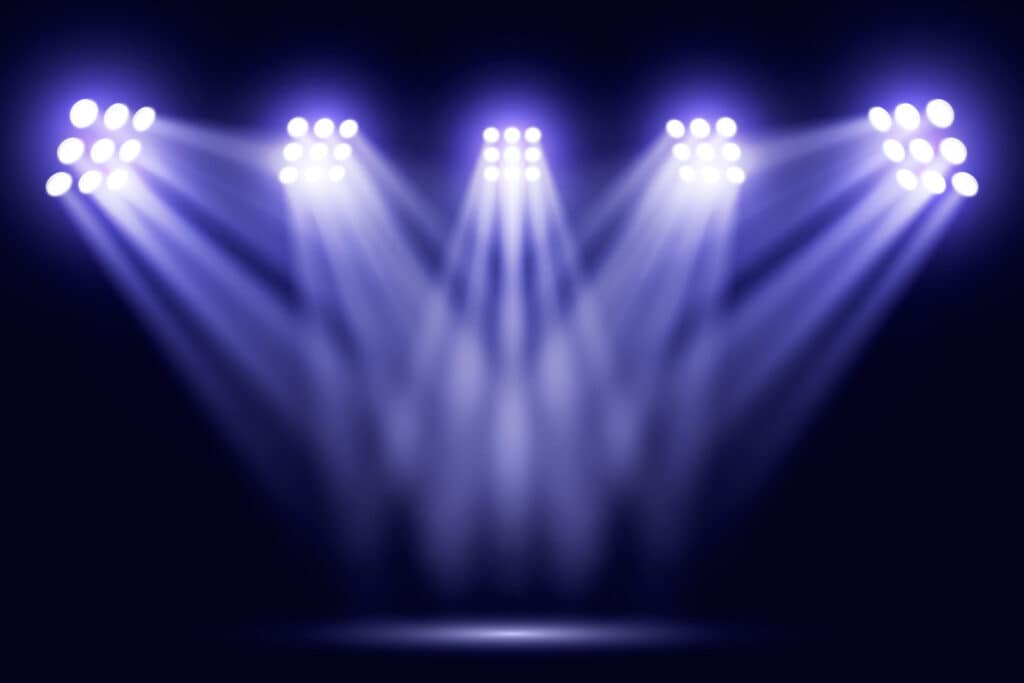
Why Contrast Ratio Matters for a Golf Simulator Projector
Golf simulator technology has advanced rapidly in recent years. Today’s software can run at 4K resolution with high refresh rates, offering stunning detail—if your projector and screen setup can display it.
While contrast ratio does contribute to image quality, its role in golf simulators is often overstated. Ultra-high ratios may make a difference in a dark home theater, but in a simulator environment—with ambient light, reflective impact screens, and shorter throw distances—the benefits level off quickly.
What truly matters for appreciating the details of a course (the break of a green, the slope of a fairway, or the texture of bunkers) is a balance of:
In short: contrast supports image clarity, but brightness and resolution carry more weight in creating a realistic, immersive golf simulator experience.
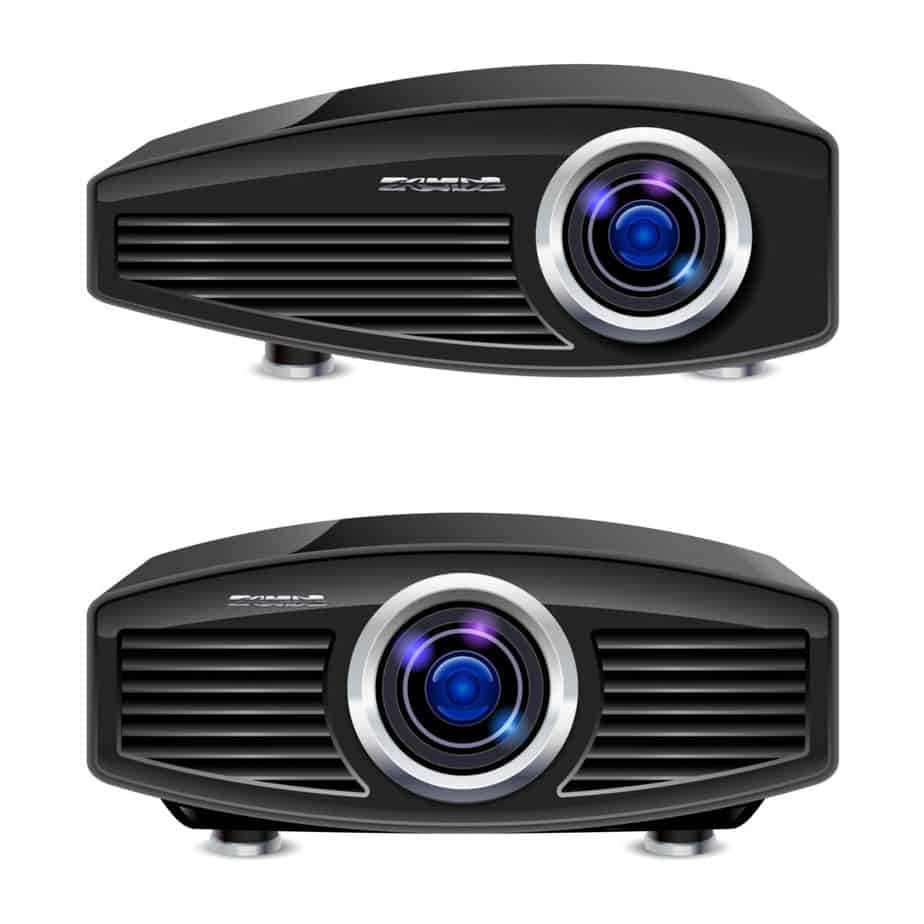
What Is the Minimum Contrast Ratio for a Good Golf Simulator Projector?
There’s no official industry minimum for golf simulators, but in real-world use, anything above 2,000:1 native contrast is sufficient. Most modern projectors advertise dynamic ratios in the millions (e.g., 1,000,000:1 or higher), but these numbers are largely marketing—ambient light and screen texture reduce the practical benefits.
- Dark rooms: Even 1,500–2,000:1 can look good if the room is well controlled.
- Typical golf sim rooms: Aim for 2,000:1 or higher.
- Modern models: Nearly all laser and LED projectors now exceed this baseline easily.
What Matters More—Lumens or Contrast Ratio?
For golf simulators, brightness (ANSI lumens) is usually more important than raw contrast ratio. A projector with 3,000+ lumens will stay clear and vibrant in rooms with ambient light, while ultra-high contrast numbers won’t overcome a dim image.
If you’re comparing two projectors with similar resolution and throw ratio:
The best experience comes from projectors that balance all three: brightness, contrast, and resolution.
Prioritize lumens and resolution first.
Look for adequate contrast (2,000:1 or above), but don’t overpay for inflated specs.

Additional Features to Consider in a Golf Simulator Projector
While contrast ratio plays a role in picture clarity, it should never be the only factor you look at. For golf simulators, resolution, brightness, and throw ratio are far more influential in creating a sharp, realistic image of courses like St Andrews or Pebble Beach.
Resolution
Resolution defines how many pixels make up your image—the higher the count, the sharper the detail.
- Full HD (1920 × 1080) remains the entry standard.
- 4K UHD (3840 × 2160) projectors have become much more accessible, with both native and pixel-shifting models available under $2,000. These offer noticeably more detail in modern simulation software.
- Always check the native resolution, not just “upscaling” claims.
Resolution also ties directly to aspect ratio. Most golf simulator screens use 4:3 or 16:10, while many projectors default to 16:9. Mismatches can cause unused screen space or stretching. While PCs allow digital scaling, this can reduce clarity—so ideally, match projector and screen aspect ratios.
Brightness (ANSI Lumens)
Don’t get distracted by million-to-one contrast numbers—brightness matters more.
- Aim for 3,000–4,000 lumens minimum for most home simulators.
- Larger screens or bright garages may require 4,500–5,500 lumens.
- Avoid overspending on ultra-bright projectors designed for outdoor use—you only need enough light for your specific room setup.
Throw Ratio
Throw ratio is critical in golf simulators because it determines how far your projector sits from the screen.
- Short throw (0.4–0.8:1) projectors are ideal—they allow ceiling or floor mounting close to the screen, avoiding shadows from your swing.
- Ultra-short-throw models are emerging as a solution in tight spaces, though they can limit mounting flexibility.
(👉 See our dedicated throw ratio guide for more details.)
Which Display Technologies Are Being Marketed by Projector Companies?
Projector manufacturers often promote advanced display technologies with flashy acronyms. Some are genuinely helpful in golf simulators, while others matter less than brightness, resolution, and throw ratio.
First things first: Golf Modes in Simulator Projectors
Many of the latest projectors now include “Golf Mode” or simulation-specific color modes, designed in partnership with software developers like GSPro and E6 CONNECT. These modes automatically adjust brightness, color, and contrast to make simulated environments more lifelike.
How Golf Modes Work:
- Boost greens and blues → fairways, rough, and skies look more realistic.
- Adjust contrast curves → subtle details like slopes, bunker edges, and shadows become easier to see without crushing blacks.
- Balance brightness → ensures the picture remains clear even in partially lit simulator rooms.
Why this matters for contrast ratio:
- Raw contrast ratio numbers (e.g., 3,000,000:1) don’t tell you how well a projector renders a golf course image.
- A projector with moderate contrast (2,000:1 native) but a well-tuned Golf Mode will often outperform a higher-contrast model with no simulation presets.
- These modes essentially “optimize perceived contrast” for golf rather than chasing unrealistic spec sheet numbers.
👉 If you’re comparing projectors, look for one with a dedicated Golf or Simulation Mode. It’s more valuable than an inflated contrast ratio claim because it’s tailored to the environment you’ll actually play in.
Here are the other key ones you’ll see:
1. High Dynamic Range (HDR)
HDR is designed to expand the range between the darkest blacks and brightest whites, enhancing detail in shadows and highlights. In theory, it’s like supercharging your contrast ratio.
- Reality check: Projectors can’t achieve the same HDR impact as TVs, because they can’t produce true black in the same way.
- Practical benefit: On newer laser projectors with HDR10 or HLG support, HDR does improve realism in golf simulators, making skies, water, and terrain textures look more natural.
- Takeaway: HDR is a “nice-to-have” feature, but don’t choose a projector on HDR alone—ensure brightness and resolution are solid first.
2. Color Accuracy (Rec. 709 / Cinematic Modes)
Instead of “cinematic color grading,” manufacturers now emphasize color accuracy standards such as Rec. 709 coverage.
- Rec. 709 coverage (90–95%) means the projector can reproduce colors more faithfully, which makes greens, fairways, and skies appear lifelike.
- Many models also offer golf-specific color modes, tuned in collaboration with software developers.
- Think of this less as an “Instagram filter” and more as a calibrated approach to make course visuals pop without looking artificial.
3. Laser & LED Light Sources
While not strictly a “display technology,” modern marketing heavily emphasizes laser or LED projection:
Becoming the new standard for golf simulator projectors.
20,000–30,000+ hour lifespan (vs 3,000–5,000 hours for lamps).
Consistent brightness over time.
Richer colors that often appear brighter than their lumen rating suggests.
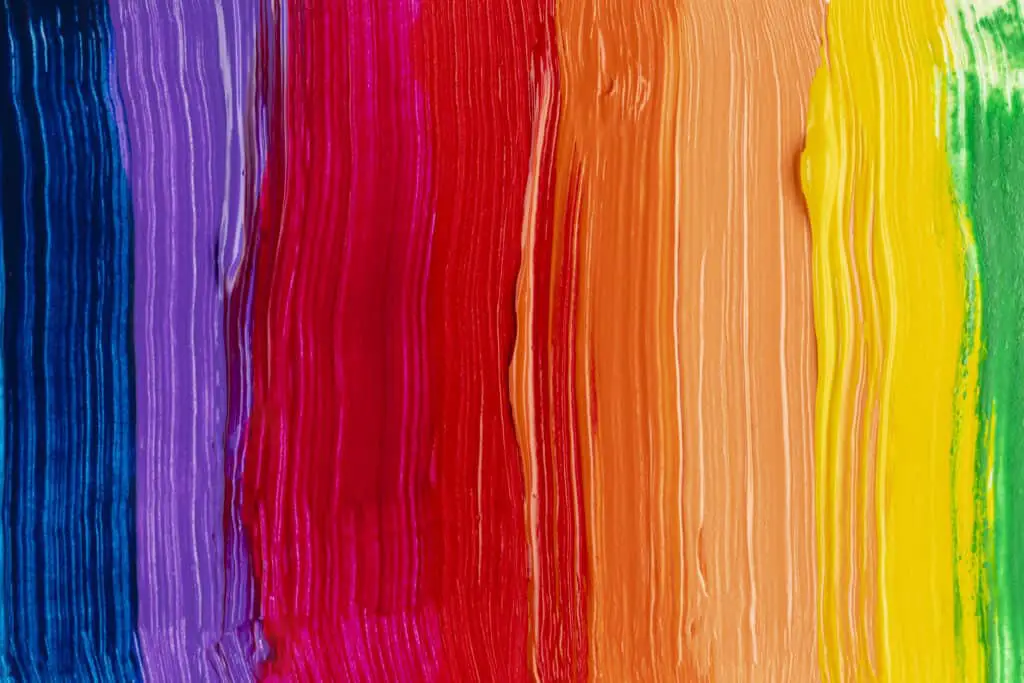
4. DLP (Digital Light Processing)
Most golf simulator projectors today use DLP technology, especially laser DLP. It works by reflecting light off a chip covered in tiny mirrors, combined with a color wheel or laser phosphor system to create the image.
Why it’s popular for golf sims:
- Produces sharp, high-contrast images that hold up well in bright rooms.
- High pixel fill density minimizes the “screen door effect.”
- Low maintenance — no filters to replace.
- Widely available in short-throw formats, ideal for golf simulators.
👉 While older lamp-based DLPs sometimes caused a “rainbow effect,” modern laser DLP projectors have largely eliminated this issue.
5. LCD (3LCD)
3LCD projectors split light into red, green, and blue channels, then recombine them to form the image. They’re known for bright, natural-looking colors and smooth motion.
Strengths:
- Excellent color brightness and accuracy.
- No rainbow effect.
- Often more affordable at entry level.
Limitations:
- Typically lower native contrast than DLP.
- Slightly bulkier designs, less common in short-throw laser models.
- May require filter maintenance.
👉 3LCD is still a good option, but in 2025 it’s less common in golf simulators than laser DLP, which dominates the short-throw market.
6. LCoS (Liquid Crystal on Silicon)
LCoS combines elements of DLP and LCD, using reflective mirrors with liquid crystals to block unwanted light. The result is exceptional contrast and smooth, film-like images.
Pros:
- Very high native contrast and deep blacks.
- No rainbow effect.
- High pixel density for sharp detail.
Cons:
- Expensive (often $5,000+).
- Rarely available in short-throw formats.
- Designed more for home theaters than golf simulators.
👉 While LCoS is impressive, it’s still not a practical choice for most golf simulator setups. Expect it to remain a niche option until more short-throw models appear.
Conclusion and Your Next Steps
Golf simulator projectors may all look like “a white box with a lens,” but their features and performance vary dramatically.
Key takeaway: Contrast ratio matters, but it’s not the deal-breaker many think it is. A native ratio of 2,000:1 or higher is more than enough for golf sims. What makes the real difference in 2025 is:
- Brightness – at least 3,000 lumens for most rooms.
- Resolution – 1080p minimum, 4K preferred for sharper detail.
- Throw ratio & mounting flexibility – to avoid shadows and fit your space.
- Golf-specific features – like dedicated color modes and auto-alignment tools.
If you’re planning to use software like GSPro, prioritize a projector that balances brightness, resolution, and throw ratio—contrast will take care of itself.
👉 Ready to compare options? Check out our Recommended Golf Simulator Projectors Table for up-to-date models that deliver the best mix of clarity, brightness, and usability.
Contrast Ratio FAQs for Golf Simulator Projectors
❓ What is a good contrast ratio for a golf simulator projector?
A native contrast ratio of 2,000:1 or higher is sufficient. Most modern models advertise dynamic ratios in the millions, but these numbers are largely marketing.
❓ Does a higher contrast ratio always mean a better image?
Not necessarily. In golf simulators, ambient light and impact screen texture limit how much extra contrast you’ll actually see. Brightness (lumens) and resolution usually matter more.
❓ Should I prioritize contrast ratio or brightness?
Brightness. A projector with 3,000+ lumens will stay clear and vibrant even with some ambient light. Contrast ratios beyond a certain point have diminishing returns.
❓ What’s the difference between native and dynamic contrast ratio?
- Native contrast is the projector’s real, sustained ability to display dark and light areas simultaneously.
- Dynamic contrast uses techniques like laser dimming to temporarily exaggerate black levels. Numbers like “3,000,000:1” usually reflect dynamic, not native, performance.
❓ Does HDR improve contrast in golf simulators?
Yes, to an extent. HDR modes improve how details in shadows and highlights appear, but projectors can’t achieve the same dramatic HDR effect as TVs. Look for models with HDR10 or HLG support for a modest but noticeable improvement.
❓ Do golf simulator modes affect contrast?
Yes. Many new projectors include Golf Mode or simulation-specific presets that tweak brightness, color, and contrast curves. These modes often have more impact on perceived contrast than inflated spec sheet numbers.
❓ Can I ignore contrast ratio altogether?
No—but treat it as a supporting factor. Make sure the ratio is at least 2,000:1, then focus your attention on lumens, resolution, and throw ratio for the biggest improvements to your simulator image.
Mevo Gen 2 Space Requirements
Gray Impact Screens – Pros and Cons
ABOUT THE AUTHOR
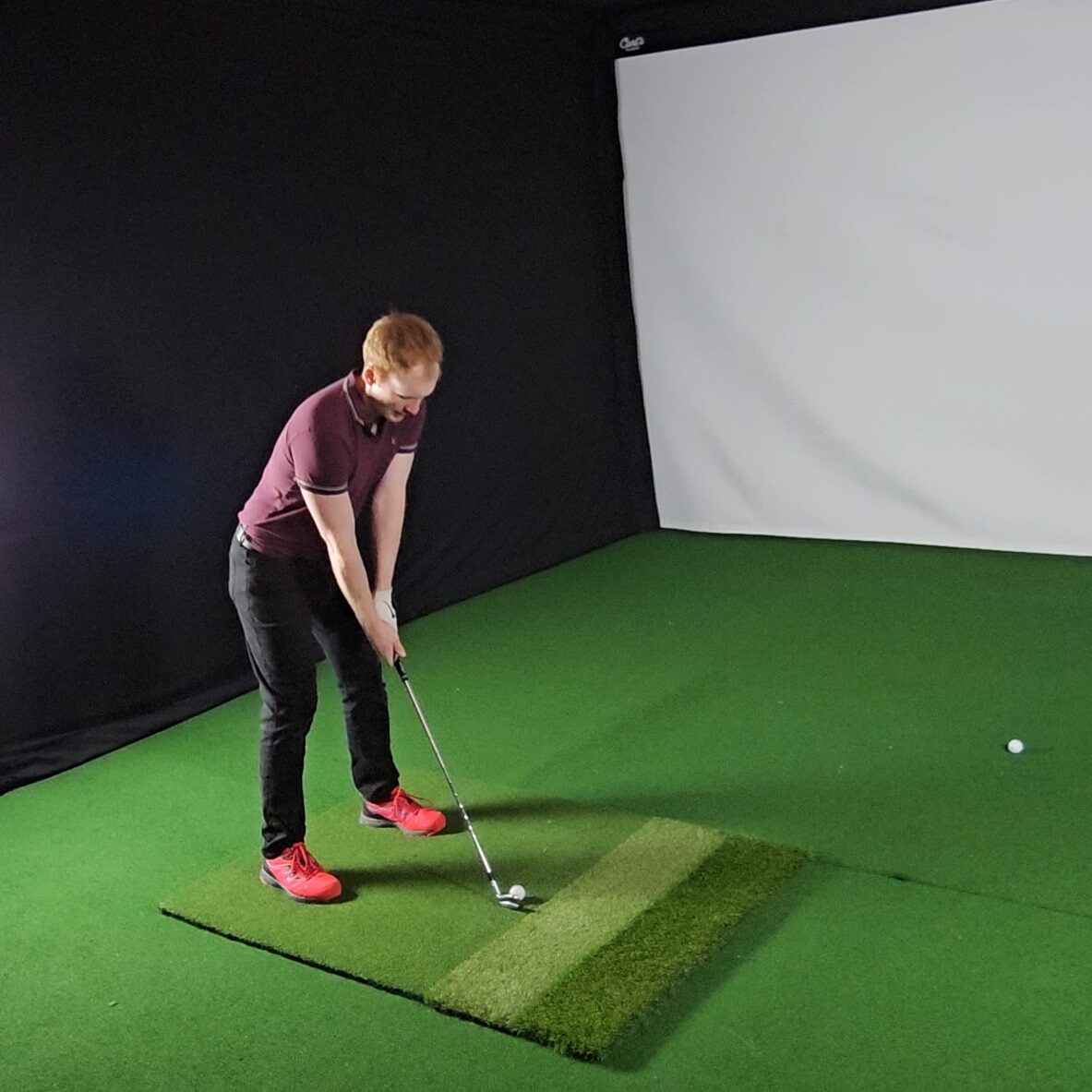
Hello! My name is Alex and it is my mission to bring you all the information you need to build your own home golf simulator! I hope mygolfsimulator.com helps you on your journey to better golf at home!
LEGAL INFORMATION
On this site, you'll find articles on all aspects of building a golf simulator. I will also link to other sites where you can buy some of the simulator components. Some of these links may be affiliate links, which means if you click them I gain a small commission at no extra cost to you. This really helps out me and my site so thank you in advance! mygolfsimulator.com and all related social media accounts are property of Awonline LTD.
